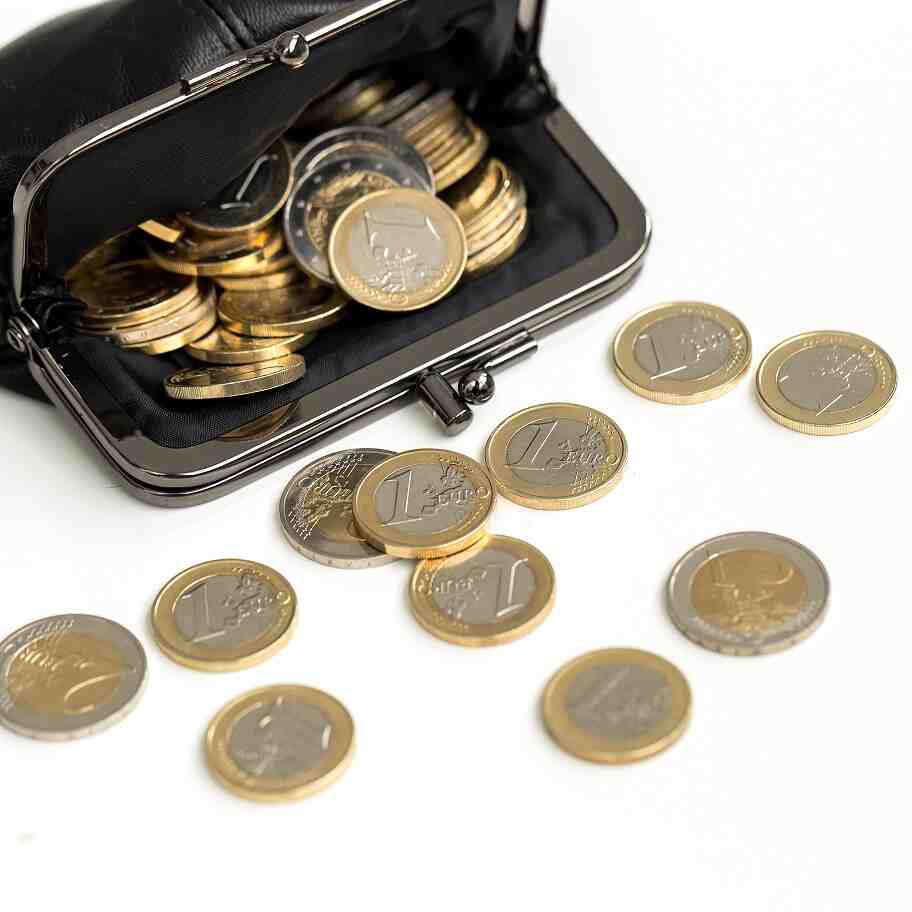How to Respond to Crypto Security Breaches
Cryptocurrency security breaches are a harsh reality of the digital age. Whether it’s a compromised wallet, a phishing attack, or a hacked exchange, these incidents can be devastating for investors. Knowing how to respond to such breaches can significantly mitigate losses and help safeguard your assets in the future. This guide outlines the steps to take if you find yourself a victim of a crypto security breach.
1. Stay Calm and Assess the Situation
The first step in responding to a security breach is to remain calm and assess the situation. Panicking can lead to hasty decisions that may exacerbate the problem.
Steps to Take:
- Identify the Breach: Determine the nature of the breach. Was it a compromised wallet, a phishing scam, or an exchange hack?
- Check for Unauthorized Transactions: Review your wallet or exchange account activity to identify unauthorized transactions or changes.
- Verify the Source: If you received an email or message prompting action, ensure it’s legitimate and not part of a phishing scam.
Why It’s Important: Understanding the scope and nature of the breach is essential for taking appropriate action. Jumping to conclusions without clarity can lead to further losses.
2. Secure Your Accounts Immediately
If you suspect that your wallet or exchange account has been compromised, act quickly to secure it.
Actions to Take:
- Change Your Passwords: Immediately update your passwords for all affected accounts. Use strong, unique passwords and avoid reusing old ones.
- Enable Two-Factor Authentication (2FA): If not already active, enable 2FA on all accounts to add an extra layer of security.
- Revoke Access to Third-Party Apps: Check for any unauthorized third-party apps linked to your wallet or exchange and revoke their access.
Why It’s Important: Securing your accounts quickly can prevent further unauthorized access and limit the extent of the breach.
3. Move Your Funds to a Secure Wallet
If you believe your wallet or exchange account has been compromised, transfer any remaining funds to a secure wallet.
Best Practices:
- Use a Hardware Wallet: Move your funds to a hardware wallet like Ledger or Trezor for offline storage.
- Create a New Wallet: If you suspect your private keys are compromised, set up a new wallet and transfer your assets there.
- Double-Check Addresses: Ensure the recipient address is correct and not altered by malware.
Why It’s Important: Moving your funds to a secure wallet reduces the risk of further losses if your current wallet or exchange is compromised.
4. Notify Relevant Parties
Informing the appropriate parties about the breach can help in recovering lost assets or preventing further damage.
Who to Notify:
- The Exchange or Wallet Provider: If the breach occurred on an exchange or wallet platform, contact their support team immediately. Provide details of the breach and request assistance.
- Authorities: Report the incident to local law enforcement or cybercrime units, especially if the breach involved a significant financial loss.
- Community and Forums: Share your experience in crypto communities to alert others about potential vulnerabilities or scams.
Why It’s Important: Notifying relevant parties can help in recovering funds, initiating investigations, and preventing others from falling victim to similar breaches.
5. Conduct a Full Security Audit
After addressing the immediate threat, conduct a thorough security audit to identify and eliminate vulnerabilities.
Steps for a Security Audit:
- Scan for Malware: Use reputable antivirus and anti-malware software to scan your devices for malicious programs.
- Update Software: Ensure your wallet apps, browser, and operating system are updated to the latest versions.
- Review Recovery Phrases and Keys: Securely store your recovery phrases and private keys offline in a safe location.
- Evaluate Your Practices: Identify any risky behaviors (e.g., clicking on suspicious links or using weak passwords) and correct them.
Why It’s Important: A security audit helps you understand how the breach occurred and ensures your systems and practices are fortified against future attacks.
6. Document the Incident
Keep a detailed record of the breach and the actions you took in response. This can be useful for investigations, insurance claims, or legal proceedings.
What to Document:
- Timeline of Events: Record when you noticed the breach and the steps you took afterward.
- Transaction Details: Save information about unauthorized transactions, including wallet addresses, amounts, and timestamps.
- Correspondence: Keep copies of communications with exchanges, authorities, or other involved parties.
Why It’s Important: Documentation provides evidence that can be used to recover funds, support insurance claims, or assist law enforcement.
7. Learn from the Experience
While a security breach is unfortunate, it can serve as a valuable learning experience. Use the incident to improve your overall crypto security practices.
Key Lessons to Consider:
- Diversify Storage: Avoid keeping all your assets in one wallet or exchange. Use a combination of hot and cold storage.
- Avoid Public Wi-Fi: Never access your crypto accounts on unsecured public Wi-Fi networks.
- Be Vigilant Against Phishing: Double-check URLs and avoid clicking on suspicious links or attachments.
- Educate Yourself: Stay informed about the latest security threats and best practices in the crypto space.
Why It’s Important: By learning from the breach, you can strengthen your defenses and reduce the likelihood of future incidents.
8. Consider Professional Help
If the breach involved significant losses or you’re unsure how to proceed, consider seeking professional assistance.
Options for Professional Help:
- Crypto Recovery Services: Some companies specialize in recovering lost or stolen cryptocurrency. Research reputable providers before using their services.
- Cybersecurity Experts: Consult a cybersecurity professional to audit your systems and recommend improvements.
- Legal Counsel: If the breach involved fraud or theft, a legal expert can guide you through the recovery process.
Why It’s Important: Professional assistance can provide specialized expertise and resources that may be beyond your capabilities.
Conclusion
Responding to a crypto security breach requires swift and decisive action. By staying calm, securing your accounts, notifying relevant parties, and learning from the experience, you can mitigate the damage and strengthen your defenses. The cryptocurrency space is constantly evolving, and so are the threats. Stay vigilant, educate yourself, and prioritize security to protect your digital assets.











